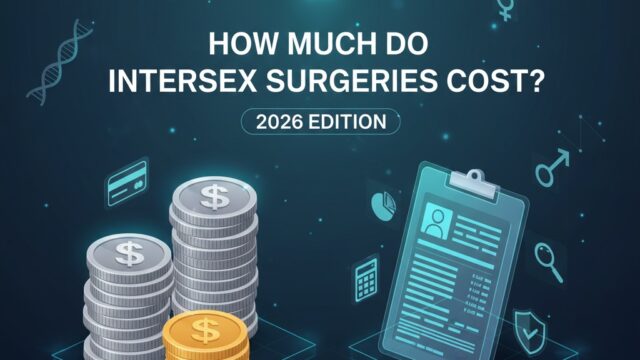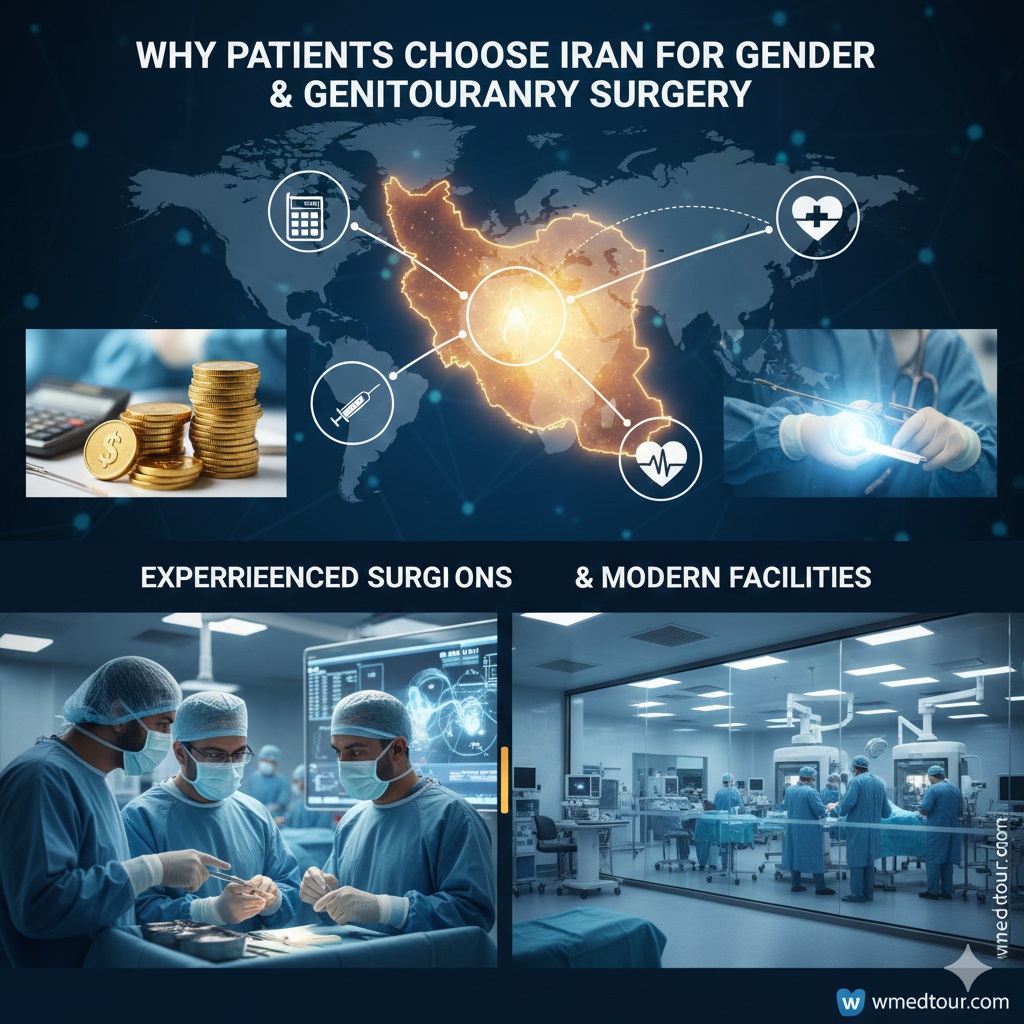
Laparoscopic Hysterectomy Abroad: Cost & Recovery 2026
🌎 Laparoscopic Hysterectomy Abroad: Cost, Recovery, and Top Clinics 2026 ✅ Executive Summary: Key Takeaways A hysterectomy represents a major decision for any woman. However, choosing a Laparoscopic Hysterectomy Abroad offers several distinct advantages. Patients can access high-quality care at a significantly reduced cost. 💲 Cost Savings: You can save 50% to 70% compared to Western countries. Iran and Turkey offer the most competitive prices for the procedure. ⏱️ Recovery Advantage: The laparoscopic approach is minimally invasive. Therefore, it leads to a much shorter hospital stay and a faster return to normal activities. 📍 Top Destinations: Iran and Turkey stand out due to their specialized gynecological centers. These countries also boast experienced surgeons and modern technology. 🔍 Vetting is Crucial: Always choose a surgeon with specific, high-volume experience in advanced laparoscopy. ✈️ Medical Tourism Benefits: Traveling abroad facilitates immediate treatment access, avoiding long waiting lists common in public healthcare


















